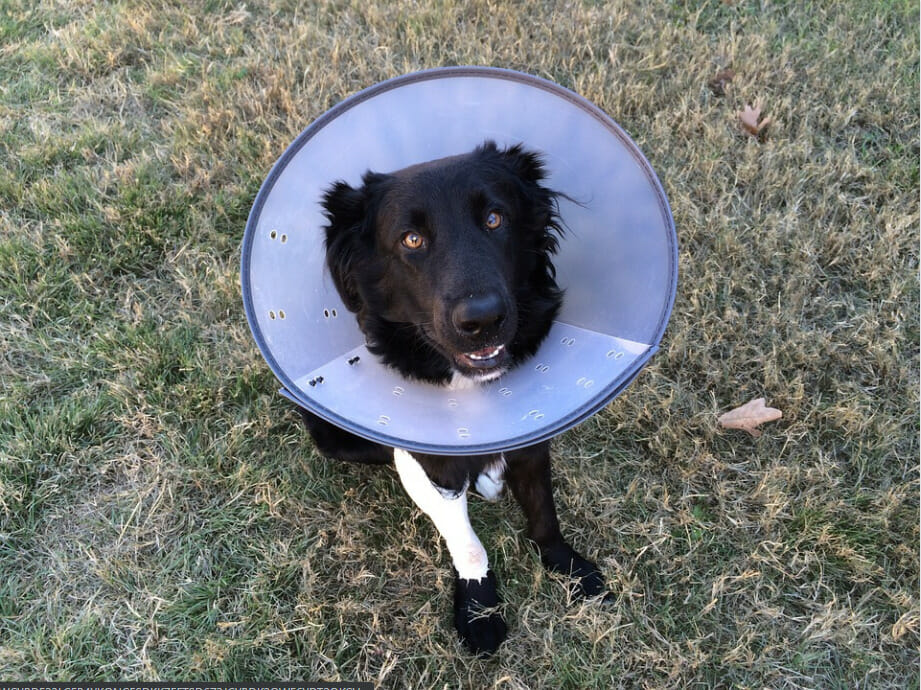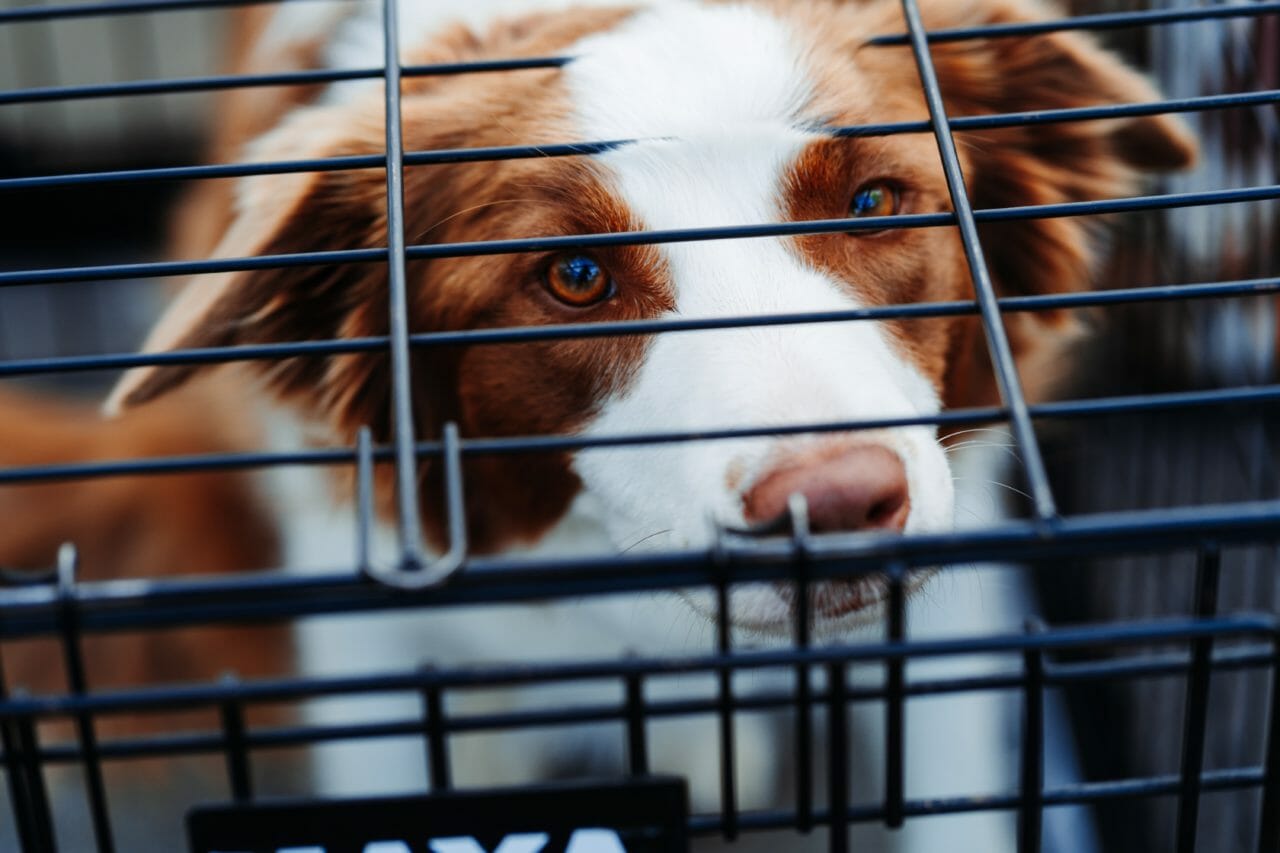Extend your pup’s life and happiness
If you’re considering spaying your dog, you’re likely wondering how long she’ll be in pain after the surgery.
Spaying is a common procedure for female dogs, and it comes with both risks and benefits.
In this article, PetRehab.com will answer your questions about spaying and tell you what to expect during and after the surgery. We’ll also discuss how long your dog will be on the mend following the procedure and how you can help them during recovery.
What Is Spaying?
Spaying is the surgical removal of a female dog’s ovaries and uterus. The procedure is also called an “ovariohysterectomy.”
Spaying is a common surgery for pet dogs. In fact, according to the American Society for the Prevention of Cruelty to Animals (ASPCA), approximately 60% of female dogs in the U.S. are spayed.
Why Should I Spay My Dog?
There are many reasons why pet parents choose to spay their dogs. Spaying can actually improve your dog’s lifespan and improve quality of life too. This is because spaying minimizes the likelihood of many potential issues that can turn up in female dogs, including:
- Uterine infections
- Breast tumors (both malignant and cancerous)
- Pyometra (a life-threatening infection that turns up in the uterus)
- Mammary cancer
On top of reducing the likelihood of developing these serious health issues, spaying also eliminates your dog’s heat cycles. This means you won’t have to deal with the mess and inconvenience that comes with them.
Are There Risks to Having My Dog Spayed?
As with any type of surgery, there are some risks that come with spaying your dog. These risks include:
- Infection at the incision site
- Reaction to the anesthesia
- Hemorrhage (excessive bleeding)
- Damage to surrounding organs
These risks are usually minor, and almost all vets have plenty of experience dealing with them. In fact, most of the time, spaying goes off without a hitch, and pet parents are left with a healthy, happy dog.
What Can I Expect During the Surgery?
The surgery itself is fairly straightforward.
Your dog will be placed under general anesthesia, and the vet will make a small incision in her abdomen. Once the incision has been made, the vet will remove your dog’s ovaries and uterus.
Don’t be alarmed if the surgery goes over the usual 30 minutes window – it’s not uncommon for spaying surgeries to last up to an hour. This is because, in some cases, the vet may need to take extra care when removing the uterus.
After the surgery is complete, your dog will be stitched up and placed in a recovery kennel. The staff will closely monitor her until she wakes up from the anesthesia.
How Long Will My Dog Be In Pain After Spaying?
The good news is that most dogs recover quickly from spaying surgery and return to their usual selves within a few days.
Your dog may be a little groggy and out of it for the first day or two after the surgery. This is normal and to be expected. After all, she just underwent major surgery.
Most dogs don’t see pain after the first day or two. However, some may experience discomfort for up to a week. Contact your vet if your dog seems to be in pain after the first few days. They may recommend giving her pain medication if they didn’t send you home with any already.
The pain should be fairly minor and won’t disrupt any of her basic activities or daily routines. If you notice your dog being restless, refusing to go on normal walks, or having difficulty moving around, contact your vet right away, as this could be a sign they are in pain.
What Is the Recovery Process Like?
The recovery process for spaying is fairly straightforward. For the first few days, your dog will need to rest. Here are a few basic tips to remember once you bring your pup home after the spay surgery.
- Keep her calm and quiet – no running, jumping or playing.
- Limit her activity to short walks and potty breaks.
- Make sure she has a comfortable place to sleep and rest.
- Keep an eye on her incision site – it should always be clean and dry.
Slowly start to increase her activity level after she feels comfortable at home. Just make sure you do it gradually, so you don’t cause any setbacks. An e-collar, also known as a cone, may be recommended to prevent your dog from licking her incision.
Closing Thoughts
Spaying your dog is a big decision, but this procedure comes with a lot of benefits. Do your research and talk to your vet before making a decision. You’ll likely find that spaying is one of the best things you can do for your dog’s health.
While your dog might take up to a week or two to fully return to her normal self, the long-term benefits are worth it.
We hope this article has helped answer some of your questions and ease any fears you might have about spaying surgery.



